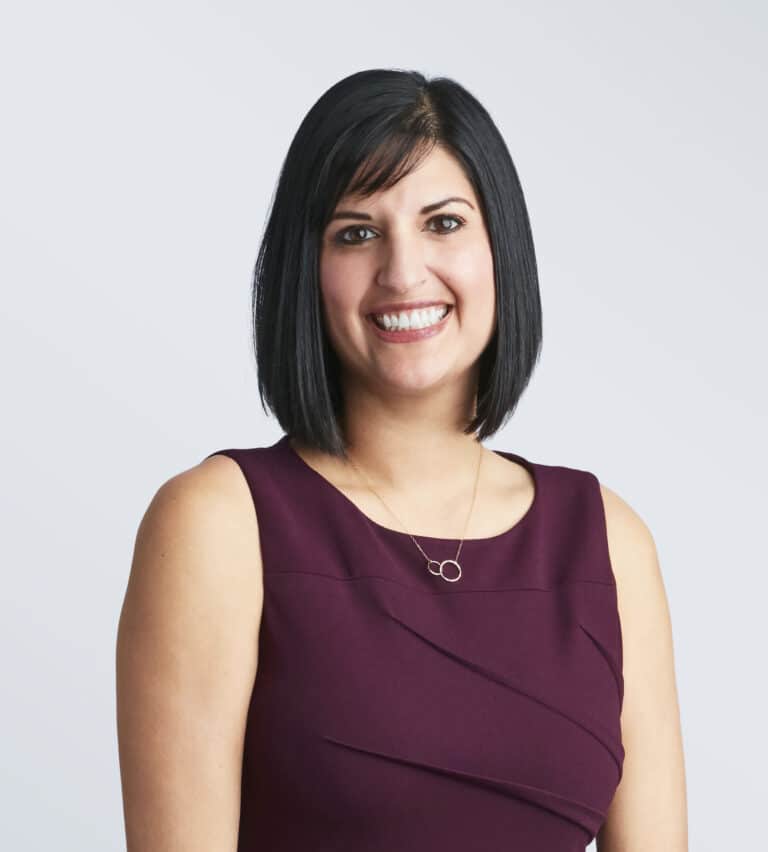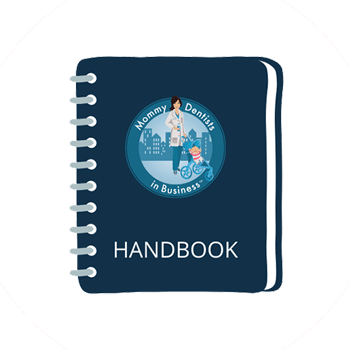MDIB Quarterly Newsletter No. 3
July. 2022

Where to Keep Your Cash During Periods of Inflation or High Interest Rates
Unless you’ve been living in a mountain hut in the Andes since the start of the pandemic, you know that inflation is sky-high. You’ve seen it in your supply prices. You’ve felt it at the pump. You may have even audibly gasped a few times at the grocery store checkout.
As of April 2022, the Consumer Price Index (CPI) is up 8.3% from the same time last year. That means Americans are making roughly 8.3% less money, give or take, than a year ago.
Couple that with a jittery stock market that is spooked by every interest rate hike and earnings report, plus war in Ukraine causing even more uncertainty, and it can feel really difficult to find a safe place to park your cash savings that will return anything more than pocket change.
Do you risk your hard-saved cash in this roller coaster market? Do you lock it up in bonds or Certificate of Deposit’s (CD) now that rates should be climbing? Do you keep it safely tucked away in a money market piggy bank that’s earning next to zero interest?
According to Cain Watters & Associates CPA Angie Svitak, investing your cash in times like these is less about where you put your money. It’s more about where you put your priorities.

“Before we talk about where to invest, let’s look at how much you have and what you need the cash for,” says Angie. “I suggest creating a 1-3-5 plan, where you split your cash into short-term, near term and long-term buckets.”
Short-term cash is your emergency fund. It consists of roughly six months to a year of cash on hand in the event something goes wrong, like if you lose a source of income or get too sick to work for a period of time.
Near-term cash is money you know you’re going to spend in the next 2-3 years. You might be planning to remodel a kitchen or buy a car for a teenager in the next few years.
Long-term cash is money you won’t need for at least five years, and for most of us, even longer. This is the cash that you earmark for long-term growth, possibly as a bridge to retire early before your retirement accounts kick in.
Angie says breaking your cash down into a 1-3-5 scenario helps investors prioritize the risk versus the reward of earning larger returns across the total of their funds.
SHORT-TERM CASH
“For the vast majority of us, a good chunk of the cash we’re talking about here is our emergency fund,” says Angie. “This is the cash you keep in a safe, no-risk account that’s probably earning you a few cents a month, if that.”
During times of high inflation, investors are often tempted to move that short-term money into a vehicle that actually earns some real interest, but Angie cautions her clients to resist that urge.
“In an inflationary cycle like we’re in now, yes, your short-term money is going to be worth less today than it was yesterday,” says Angie. “But in this situation, you need to make an opportunity-cost decision, where you recognize that your short-term cash is going to be less valuable for a period of time and be ok with that.”
Angie calls this investing with purpose. “The purpose of your emergency fund is to be there when you need it. Period, end of story. If it’s locked up in a 2-year CD earning 1%, and you get sick and have to take significant time away from your practice, the opportunity to earn 1% is going to cost more than it’s worth.”
LONG-TERM CASH
For long-term cash, Angie assigns a 5-year time period to the plan, but really everyone’s “long-term” is going to be different. It could be five if you’re closer to retirement. Or it could be 10, 20 or more, based on age and when you plan to retire.
Regardless of the timeframe, the principle remains the same. Where you invest your cash in times of inflation is not really any different than where you would invest it in any other economic climate. You look at your long-term retirement goals, then layer your cash accordingly to fit your overall investment strategy, including your 401(k)s, IRAs and other retirement savings vehicles.
“For the long-term money, I’m telling my clients not to get caught up in things like inflation, interest rates or Russia,” says Angie. “We have a strong economy. The market is going to be fine over the next 10-20 years, so mix your long-term cash into your larger investment strategy and let it do its thing.”
NEAR-TERM CASH
So now that our short-term cash is stashed safely away and our long-term cash is layered into our larger investment strategy, the only real decision investors need to make is where to put their near-term cash.
“Near-term cash is really where the rubber meets the road,” says Angie. “This is the only money you have that is going to be impacted by this volatility we are seeing.”
Remember, this is money that you know you’re going to spend in a few years on something that is most likely really important to you. Maybe it’s for your child’s first car, an amazing family trip or a down payment on a vacation home. Either way, it’s personal to you, and Angie says the key is to keep it that way.
“Name it, give it a purpose. Make it meaningful money, because that’s exactly what it is,” says Angie. “This not only helps you keep the money allocated to its purpose, but it also helps guide your thought process when looking for a place to invest it.”
Because this is such a personal decision, and everyone has different access to investment vehicles, Angie says it’s virtually impossible to recommend one place to invest it over another without sitting down and talking through the variables.
“I can put on paper what you should do with your short- and long-term money, but I can’t generalize what to do with your near-term money, that needs to be a custom plan for you,” added Angie.
That’s why talking to a CPA or trusted wealth advisor is so important in helping investors find the right vehicle that’s going to serve their unique needs.
“For CWA clients, we have access to investments where over a two-year period you can get a decent return on your money that’s greater than just sitting in cash,” says Angie. “Just make sure in addition to that higher interest rate you’re getting, you also have enough liquidity to access that cash when you need it.”
When you do sit down and speak to an advisor, Angie suggests discussing:
– Your near-term goals, plans and strategies
– How to invest your money to best protect it from volatility in the market, inflation and rising interest rates
IN SUMMATION
For the investors fretting over their short-term money devaluing, Angie says take a deep breath and try not to let it bother you. By all indications, this inflationary period looks to be transitory and should level out rather quickly.
For the long-term cash, it’s simple. Ask yourself, “Is this 5,10 or 20-year money?” Then treat it as such and wrap it strategically into your other long-term investment mix.
For the near-term money, make it personal. Make it real. Then talk to an advisor about how to make it happen in a way that grows your money but keeps it suitably accessible.
Like always, Cain Watters is here to help answer any questions you may have about this or any other personal or professional finance topic you might have. Feel free to contact a member of our team to talk to a CWA advisor about your short-, near- and long-term goals.
Cain Watters is a Registered Investment Advisor. Cain Watters only conducts business in states where it is properly registered or is excluded from registration requirements. Registration is not an endorsement of the firm by securities regulators and does not mean the adviser has achieved a specific level of skill or ability. Request Form ADV Part 2A for a complete description of Cain Watters investment advisory services. Diversification does not ensure a profit and may not protect against loss in declining markets. Past performance is not an indicator of future results.

About MDIB
Our community is focused on education, support and resources.

F. A.Q.s
Answers for membership, accounts and sponsorships.

COVID-19
Industry leaders share advice for this pandemic.

Partner
Media resources and sponsorship opportunities.



